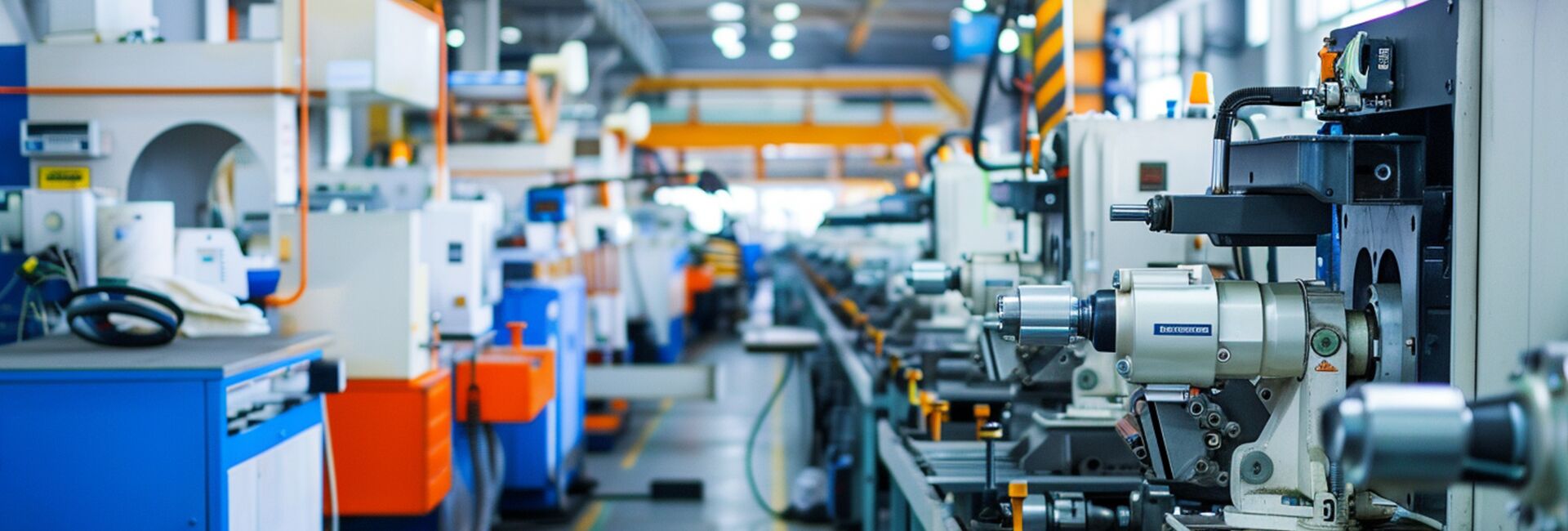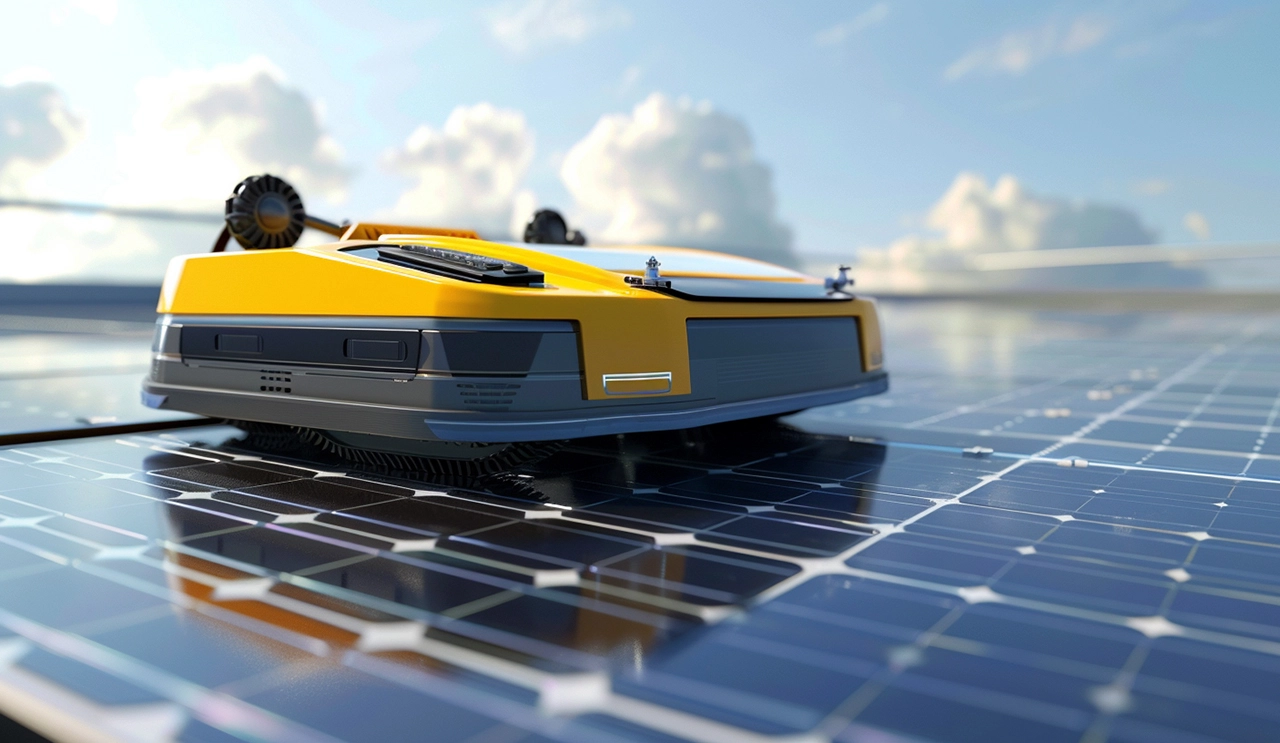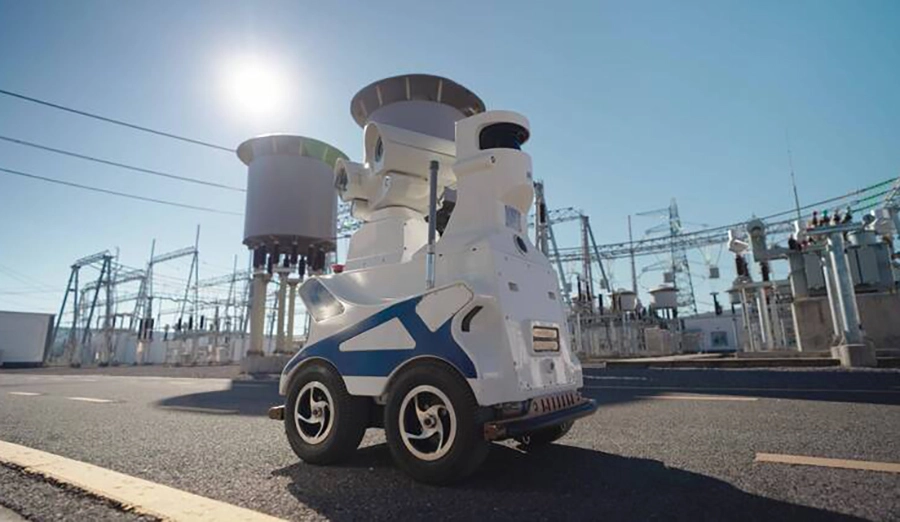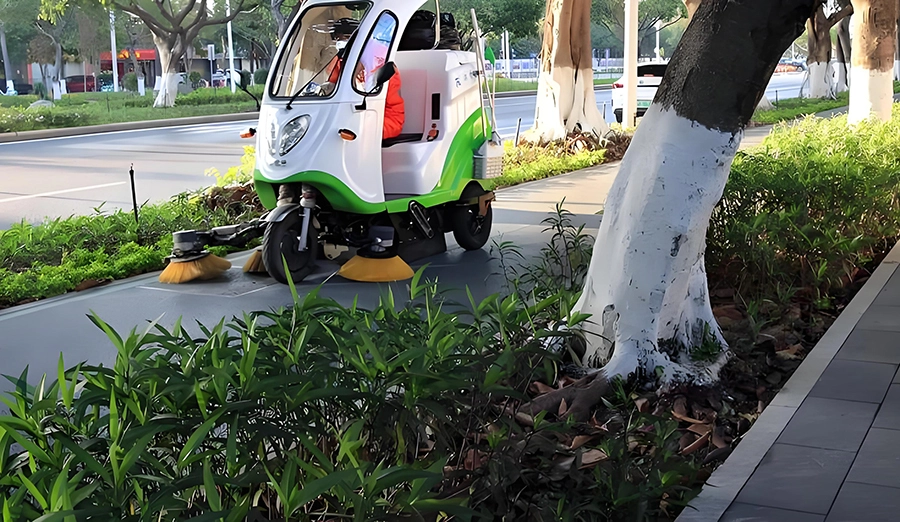
WIRELESS CHARGING IN THE NEWS
In the depths of the Kubuqi Desert in Inner Mongolia, hundreds of cleaning robots are slowly moving along a photovoltaic array, and the newly cleaned photovoltaic panels behind them are sparkling in the sun. These "cleaners" who work all day are faced with a key technical challenge: how to achieve autonomous charging in the vast photovoltaic power station? Behind this seemingly simple question lies amazing energy wisdom.
The mainstream contact charging technology is like installing a "smart charging pile" on a robot. When the device detects that the charge is less than 20%, it slides along the conductive track on the edge of the component to the charging dock, and the positioning error when the charging contact is accurately docked with the metal guide rail is not more than 2 mm. This design has been verified in Qinghai Talatan photovoltaic power station, where the robot can still maintain a 98% work completion rate after charging three times a day. More ingenious is the track power supply system, by embedding low-voltage direct current lines in the clean track, so that the robot can continue to replenish energy while moving, achieving a breakthrough of "charging while working".
In the fishing and light complementary project in the coastal beaches, the charging method of the waterproof robot is full of ingenuity. Their charging docks are designed as pontoons that automatically adjust their height as the tide rises and falls, and the charging interface uses a magnetic waterproof plug to ensure a safe connection even in typhoon weather. For the special scenario of the color-steel tile roof distributed power station, engineers developed a hanging charging system - the charging device is set up between two rows of photovoltaic panels like an aerial cable car, and the robot locks the position of the charging arm through visual recognition to complete the power supply in the suspended state.
What really excites the industry is the breakthrough in photovoltaic self-charging technology. The new generation of robots are topped with flexible solar films, and when the device stops working, these foldable "light wings" will automatically unfold, converting sunlight into electrical energy storage. Tests at a photovoltaic base in Ningxia show that the self-charging system can meet 30% of the energy consumption of the equipment. More cutting-edge technologies try to embed wireless charging modules into the border of the photovoltaic panel, and when the robot passes through a specific area, the electromagnetic induction device will quietly inject energy into the battery, the whole process is like wireless charging of a mobile phone.
The innovation of charging technology is not only related to efficiency, but also affects the operation and maintenance mode of the entire photovoltaic industry. At the million-kilowatt photovoltaic power station in Jiuquan, Gansu province, engineers designed a "relay charging" strategy for the robot formation: when the first device returns to the sea to charge, the system automatically dispatching neighboring robots to fill in the gaps and ensure the continuity of cleaning operations. The intervention of AI algorithms makes charging more intelligent, and the system can adjust the charging plan according to the weather forecast, so that all robots can enter the full charge state in advance before the sandstorm.
With the conversion efficiency of perovskite solar cells breaking through 30%, there may be a completely self-powered cleaning robot in the future. The Chinese Academy of Sciences team is experimenting with photovoltaic panel micro-current power extraction technology, so that the robot can directly obtain weak energy from the surface of the photovoltaic panel to supplement. These innovations not only solve the problem of charging, but also match the ultimate pursuit of the photovoltaic industry to "produce clean energy with clean energy". When the first ray of sunlight in the morning shines on the photovoltaic array, those tireless cleaning robots have already finished charging, ready to open a new work cycle - this is perhaps the most poetic technical symphony in the new energy era.







